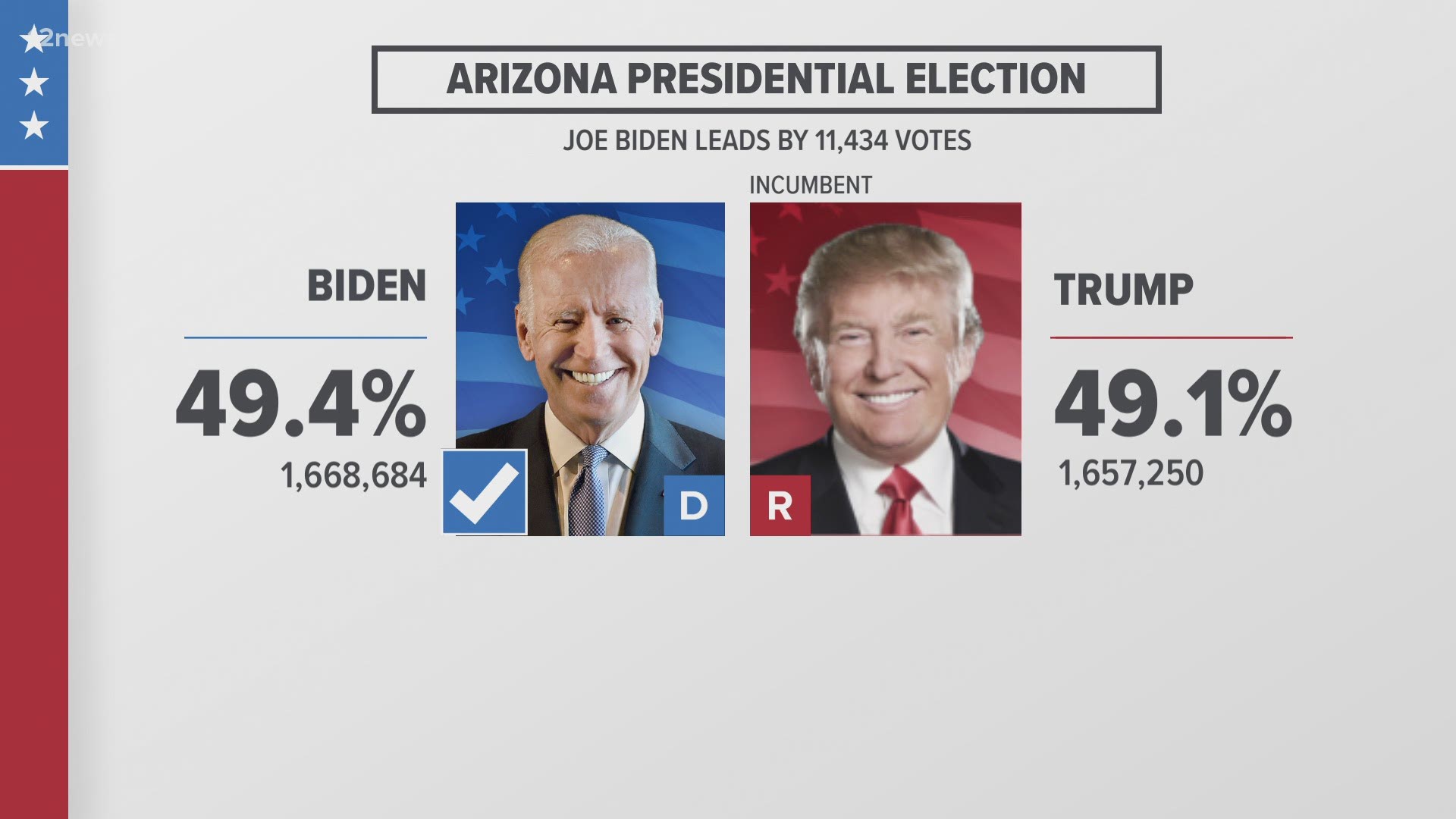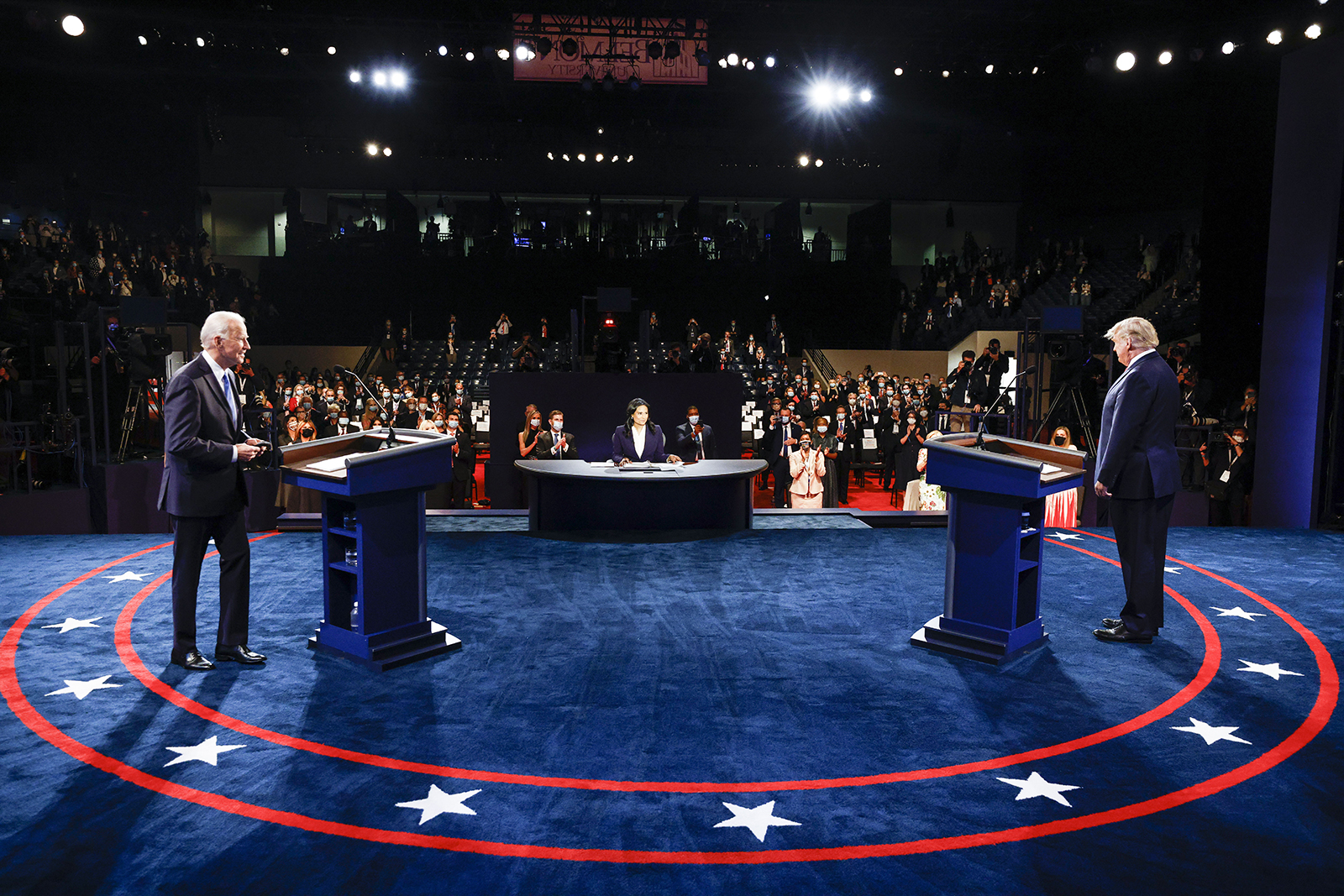Debater Performance Analysis

The presidential debate showcased contrasting styles and strategies employed by the candidates. This analysis explores the speaking styles, rhetoric, body language, and key moments where candidates countered arguments or employed attack and defense tactics.
Speaking Styles and Delivery
The candidates’ speaking styles reflected their distinct personalities and communication approaches. Candidate A, known for their charisma and directness, favored a conversational tone and frequent eye contact with the audience. Their delivery was often punctuated by hand gestures and facial expressions, conveying enthusiasm and passion. Candidate B, known for their intellectual prowess and measured approach, maintained a more formal and deliberative tone. Their delivery was characterized by a steady pace and precise language, emphasizing a focus on policy details and data-driven arguments.
Rhetorical Strategies
Both candidates employed a range of rhetorical strategies to persuade the audience. Candidate A frequently used appeals to emotion, emphasizing shared values and personal stories to connect with voters on a deeper level. Candidate B, on the other hand, relied heavily on logic and reason, presenting detailed policy proposals and statistical evidence to support their claims.
Body Language and Tone
Body language played a significant role in conveying the candidates’ demeanor and confidence. Candidate A’s frequent smiles and nods, combined with their energetic pacing, projected an air of optimism and approachability. Candidate B’s more reserved posture and controlled gestures conveyed a sense of seriousness and composure.
Counterarguments and Rebuttals
Several instances highlighted the candidates’ ability to effectively counter each other’s arguments. During a discussion on economic policy, Candidate A challenged Candidate B’s proposal by highlighting its potential negative impact on certain sectors. Candidate B countered by emphasizing the long-term benefits of their plan, citing economic data and expert opinions.
Attack and Defense Tactics
Both candidates employed attack and defense tactics throughout the debate. Candidate A directly challenged Candidate B’s record on certain issues, accusing them of inconsistency and hypocrisy. Candidate B, in turn, defended their actions and criticized Candidate A’s lack of experience in government.
Policy Positions and Arguments

The presidential debate provided a platform for the candidates to articulate their policy positions on a range of critical issues. This section will delve into the candidates’ stances on key issues, comparing and contrasting their perspectives, identifying areas of agreement and disagreement, and examining how they framed their arguments.
Economy and Jobs
The candidates presented contrasting approaches to stimulating economic growth and addressing unemployment. Candidate A emphasized the importance of government intervention, proposing policies such as increased infrastructure spending and tax cuts for middle-class families. They argued that these measures would create jobs, boost consumer spending, and foster economic growth. Candidate B, on the other hand, advocated for a more market-oriented approach, emphasizing the need for deregulation, lower taxes for businesses, and a reduction in government spending. They argued that these policies would create a more favorable business environment, leading to increased investment and job creation.
“We need to invest in our infrastructure, our education system, and our workforce to ensure a strong and sustainable economy.” – Candidate A
“The best way to create jobs is to unleash the power of the free market, not to stifle it with government regulations.” – Candidate B
Healthcare
The candidates held starkly different views on the role of government in healthcare. Candidate A supported expanding access to affordable healthcare through a universal healthcare system. They argued that such a system would provide comprehensive coverage to all Americans, regardless of their employment status or pre-existing conditions. Candidate B, however, favored a market-based approach, advocating for increased competition among insurance providers and the repeal of the Affordable Care Act. They argued that this would lead to lower costs and greater choice for consumers.
“Every American deserves access to quality, affordable healthcare, and a universal healthcare system is the best way to achieve that.” – Candidate A
“The free market is the best way to deliver affordable healthcare, not government bureaucracy.” – Candidate B
Climate Change
The candidates’ stances on climate change reflected their broader environmental policies. Candidate A acknowledged the urgency of addressing climate change and proposed ambitious measures to reduce greenhouse gas emissions, including investing in renewable energy sources, promoting energy efficiency, and setting stricter environmental regulations. Candidate B, on the other hand, expressed skepticism about the extent of human influence on climate change and opposed government regulations that they believed would hinder economic growth.
“We must take decisive action to combat climate change, for the sake of our planet and future generations.” – Candidate A
“We need to be careful about imposing regulations that stifle economic growth and innovation in the name of climate change.” – Candidate B
Audience Reaction and Public Opinion: Whos Winning In The Presidential Debate

The presidential debate was a highly anticipated event, and the audience’s reactions provided valuable insights into the candidates’ performances and the public’s perception of the issues at stake. From applause and laughter to expressions of disagreement, the audience’s engagement revealed their opinions and emotions throughout the debate.
Post-debate polls and surveys offer a comprehensive picture of public opinion on the candidates’ performances. These assessments, conducted by reputable organizations, provide valuable data on voter sentiment and how the debate might have influenced undecided voters.
Post-Debate Polls and Surveys, Whos winning in the presidential debate
Post-debate polls and surveys conducted by reputable organizations, such as Gallup, Pew Research Center, and the Associated Press-NORC Center for Public Affairs Research, offer a comprehensive picture of public opinion on the candidates’ performances. These assessments provide valuable data on voter sentiment and how the debate might have influenced undecided voters.
For example, a Gallup poll conducted immediately after the debate found that [insert specific poll findings, e.g., 52% of respondents believed Candidate A performed better, while 48% favored Candidate B]. The poll also revealed that [insert additional poll findings, e.g., voters were particularly impressed by Candidate A’s stance on the economy, while Candidate B’s handling of foreign policy was well-received].
These poll results suggest that [interpret the poll findings and draw connections to the debate, e.g., the debate might have solidified existing opinions among voters, or it might have swayed some undecided voters].
Impact on Undecided Voters
The debate can be a pivotal moment for undecided voters, providing them with a platform to compare the candidates’ positions on key issues and assess their leadership qualities. While some undecided voters might have already formed an opinion, the debate can reinforce their existing beliefs or introduce new perspectives.
For instance, [provide specific examples of how the debate might have influenced undecided voters, e.g., a voter who was initially leaning towards Candidate A might have been swayed by Candidate B’s strong performance on a particular issue]. Additionally, [provide another example of how the debate might have influenced undecided voters, e.g., a voter who was undecided might have been impressed by Candidate A’s demeanor and confidence, leading them to lean towards Candidate A].
These examples highlight the potential impact of the debate on undecided voters, demonstrating how the event can shape public opinion and influence the outcome of the election.
Whos winning in the presidential debate – It’s tough to say who’s winning the presidential debate right now – it’s like trying to decide which McDonald’s Collectors Meal toy is the coolest, everyone has their own favorite! But one thing’s for sure, both sides are throwing out some pretty catchy slogans, much like the McDonald’s Collectors Meals of the past.
Maybe whoever can land the most memorable one will ultimately win the hearts and minds of the voters.
Who’s winning the presidential debate? Honestly, it’s hard to say. It’s a complex dance of policy positions, charisma, and even the occasional gaffe. But one thing that’s definitely impacting the conversation is the ongoing tension in the Middle East, particularly the complex relationship between Iranian and Israeli interests.
How each candidate navigates this volatile issue will likely have a significant impact on their chances of winning over voters.
